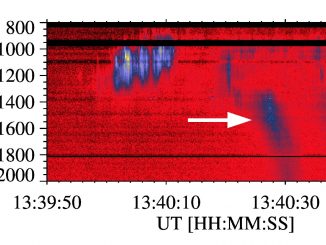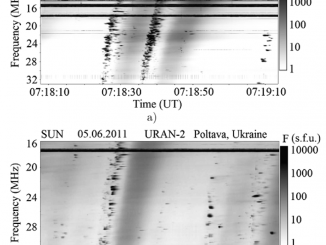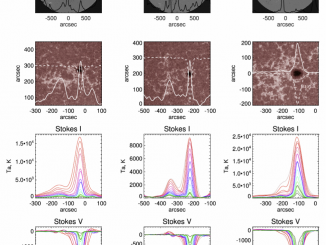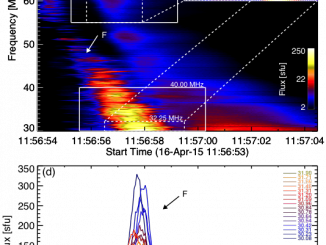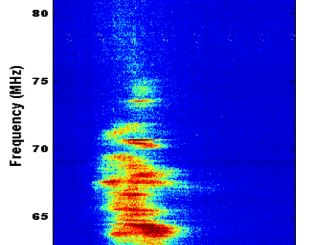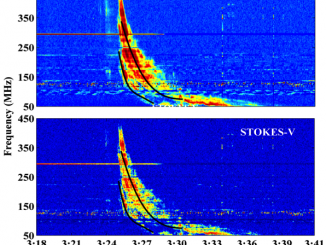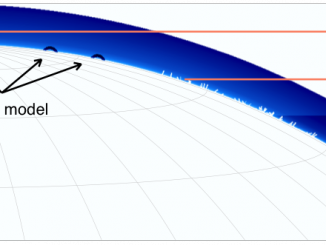Topical issue “Solar radio physics from the chromosphere to near Earth” published
by E.P Kontar and A. Nindos
The 2016 CESRA workshop (http://cesra2016.sciencesconf.org) had a special emphasis on the complementarity of current and future space-based observations with ground-based radio observations. It was the place to discuss the new exciting science opportunities that arise from radio instruments such as the Atacama Large Millimeter/submillimeter Array (ALMA), the Expanded Owens Valley Solar Array (EOVSA), the Expanded Very Large Array (EVLA), the Low Frequency array (LOFAR), the Mingantu Spectral Radioheliograph (MUSER), and […]


